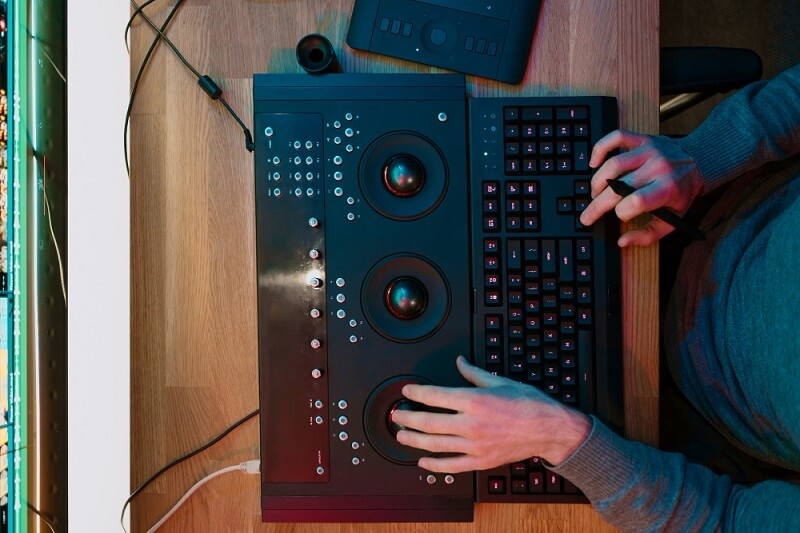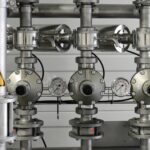If you want to get the most out of your equalizer app, follow the different frequency instructions mentioned in this article for the best sound experience.
EQ stands for “equalizer,” which is the process of changing how loud the various frequency ranges of an audio stream are compared to each other. When you EQ music to your liking, you change the pitch of each frequency so that they work together in a way that sounds good to you. Digital music and recording have become very important to us in this age of digitization because they are so easy to use.
Audio normalization is an important way to fix this issue. It is very helpful to know how to level audio if you want to fine-tune the tonal balance, adjust audio, or make your sound effects. We will show you how to easily balance sound on your computer in this post. These ways are all quick and easy, and some are even good for people who are just starting. That way, you don’t have to hire an audio engineer or buy expensive pro gear to get started.
Ways to Equalize Your Sound Settings for A Better Experience
There are several Free Audio Sound Equalizers that you get from the online market. However, to get the most out of these apps, you need to implement the different ways shared below.
Different Frequencies for Different Outcomes
To help you understand which sounds live where, we’ve broken down the frequency range below. In case you get stuck, this guide can help you find the problematic (or lean) frequency so you can make a better change. These are just suggestions, not hard and fast rules. Your voice is what makes this process more unique and fun.
- Sub-bass (20Hz – 50Hz)
While it is true that people are capable of hearing frequencies in this range, the majority of these frequencies are more associated with the stomach than the brain. These frequencies can provide some real, otherworldly power, and they’re also in the center of this range, where your subwoofer makes that creepy sound of deep space in science fiction movies.
- Bass (50Hz – 200Hz)
Starting at or around 60Hz is where you’ll usually hear a solid hip-hop rhythm. This area contains the bass guitar, lower tom drums, and the fundamental, powerful lower register that emanates from your subwoofer, as well as the strong kick drum. As one moves closer to the 200Hz line, one may start to hear effects on the basses, lower brass, vocalists, pianos, and acoustic guitars.
- Upper bass (200Hz – 800Hz)
Dealing with the lower end’s lighter side begins at frequencies beyond 200Hz. Here you can see the more substantial instrument body. To give fuller tones more presence, try adjusting the equalization volume anywhere in the center of this range. You may open up the sound and make more room by lowering the volume slightly here.
- Midrange (800Hz – 2000Hz)
This is a sensitive spot where the tone might shift abruptly. In this area, using the brakes may eliminate the fragile instrument sound. Adding some juice, particularly towards the high end, may make things sound metallic and, if pushed too far, can damage your hearing.
- Upper mids (2000Hz – 4000Hz)
The majority of your auditory processing takes place in this range, as shown before. Quickly changing the snap of higher instruments is possible by adding or removing from this. This is the place to influence snare pops and the blaring blare of a trumpet. Vocal consonances, acoustic and electric guitar, and the keyboard may all benefit from a bit extra pressure here.
- Presence/sibilance register (4000Hz – 7000Hz)
The presence zone encompasses the highest pitch range that the majority of natural instruments can generate. By enhancing the bass end of this scale, you may bring the music closer to your ears, giving it a more forward sound. If you want to add depth to the sound and make the instruments stand out, turn it down a notch.
- Brilliance/sparkle register (7000Hz – 12000Hz)
For a more vibrant and clear sound with a tighter attack and a cleaner overall quality, try adjusting the level at the bottom of this register up or down. Turning down the bass end of this range may make a world of difference if the bass is overly harsh or if you’re experiencing discomfort from prolonged listening.
- Open air (12000Hz – 16000Hz)
Things start to become subjective once you reach this point. Even in the lower registers, the higher overtones of the instruments are affected, and in that area, electronic music synth sounds might crop out. As you get higher, making a roomier, more expansive sound becomes more important.
Final Thoughts
Thanks for reading this article. We hope it helped you understand what a sound equalizer is, what it does, and how to use it to make your songs sound better. Feel free to add any thoughts you may still have about this blog in the space provided below. Please get in touch with us!





